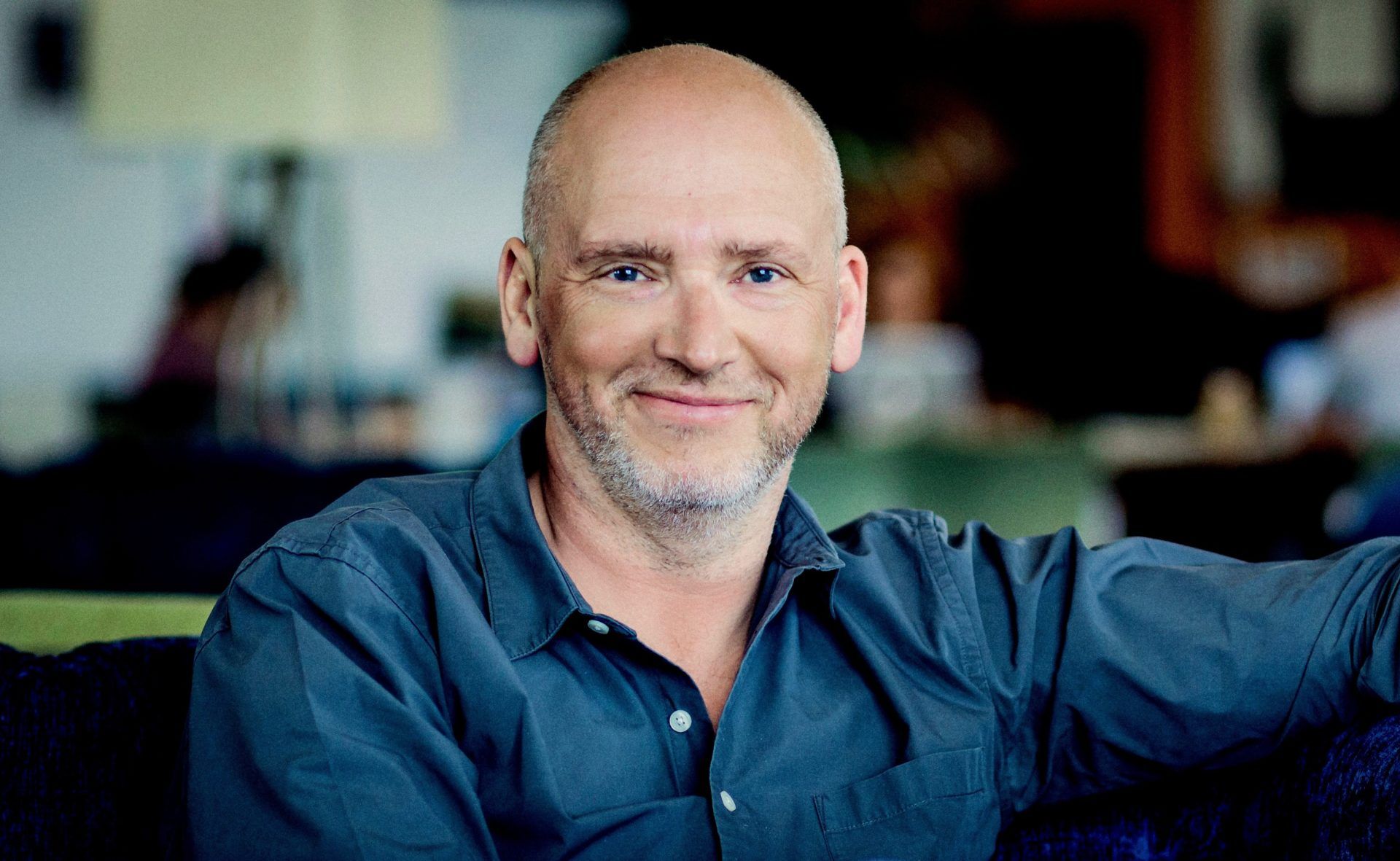It’s October. Which means it must be European Utility Week. This year, Enervee had two slots within the conference’s Summit programme, courtesy of its ongoing collaboration with academic institutions in the UK and Europe. But this isn’t a post about what we said in those sessions. Instead it’s a post about what caught our attention in terms of what other people were saying at the event.
Here’s what we picked-up and took away from EUW ‘17:
- It’s all about engagement, stupid. A consistent and dominant theme through a huge swathe of vendor presentations was customer engagement. Whilst this is not necessarily something new (although its near wall-to-wall presence was a step-up from previous years), what was new was how many companies are claiming to be first and foremost engagement providers, when their presentations last year focused elsewhere, with engagement a potential by-product. This either speaks to engagement moving up the agenda for utilities, or these vendors having to adapt their business models.
- Margins. When asked about the viability of new product and service lines for consumers, Innogy CEO Peter Terium stressed that his focus was on margin contribution, not revenue contribution when it came to analysis. This is much closer to a proof of concept mindset, which is arguably extremely important as utilities look to test and learn from new products and services.
- Slow, slow, slow. On too many occasions to ignore, we had side meetings where commentators noted that decision cycles were becoming even longer within utilities, when it comes to partnering with innovative third-parties and bringing new ideas to market. So much so, one large investor expressed caution in even investing in new companies that count utilities as their clients, simply because the slow decision-making had the potential to starve these new companies of oxygen at a crucial stage of their development. This is a sea-change compared to conversations just two years ago, when utilities as clients were championed as providers of high-visibility, stable and long-term revenues.
- Who needs electrons? Well, we all do. But the realisation was palpable that the unstoppable combination of solar and home battery storage will really disrupt the existing business models and consumer propositions from the retail units.
- It’s still all about Tesla. Seems every energy conference is now required to give over at least 40% of its time to EVs and Tesla (with another 40% for Blockchain, naturally). But there were interesting side conversations starting not around the technology, but consumer (car-buyer and car-user) behaviour. For example, how will charging behaviour develop (rapid charging in the same way we fill-up our cars today, or trickle charging at home?), and what part can and should generators play in shaping that behaviour? The latter favours more constant and even generation e.g. nuclear. Plus nuclear looks even more favourable for consumers who are focused on the emissions impact of the fuel mix which provides charge for their new EV.
- Amazon — your new trusted energy advisor? Finnish consulting firm and think-tank VaasaETT shared the fact that of all the available skills on Amazon Echo, over 25% today are dedicated to smart-home initiatives. Is it possible that Amazon could provide the myriad energy-related services and add-ons that utilities continue to grapple with? (see point 3.)
- The science of appliances. OK, maybe not the science, but certainly the data of appliances. VaasaETT and Joule Assets showcased a report that highlighted the potential of moving households (and businesses) to more efficient and IoT-enabled products and appliances as being the fastest and most efficient means of increasing demand side flexibility. This provides considerable weight to value of Enervee’s mission: to change we buy (by buying most efficient).
- Disaggregation in disarray? For several years now, disaggregation services have been promised as a key part of the consumer engagement strategy for demand flexibility. That said, at last year’s EUW, we chaired a session where the results of a near nationwide pilot (in Hungary) using smart meters and disaggregation had failed to move consumer behaviour in any meaningful way whatsoever. This year, it looked as if disaggregation’s woes came from another place — their own data. In one presentation, we saw a best-case scenario where accuracy was at a level that meant the consumer had only a mildly better than 50% chance of having the information presented to them as accurate (i.e. the right appliance identified, and the right energy consumption shown). Call us Mr Picky, but showcasing a result that shows a 50–50 hit rate is not a ringing endorsement for a compelling consumer proposition. Time for disaggregation companies to think about customer engagement instead..?
